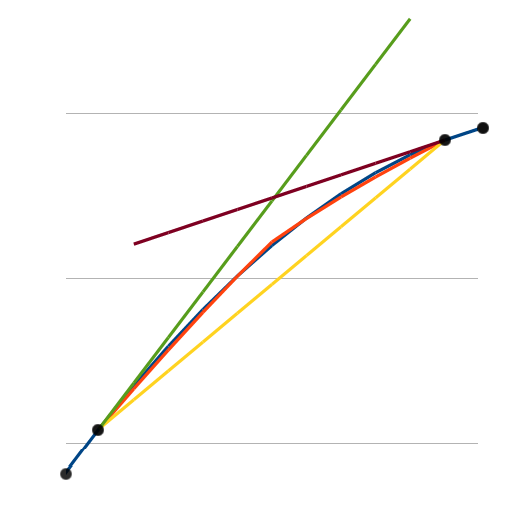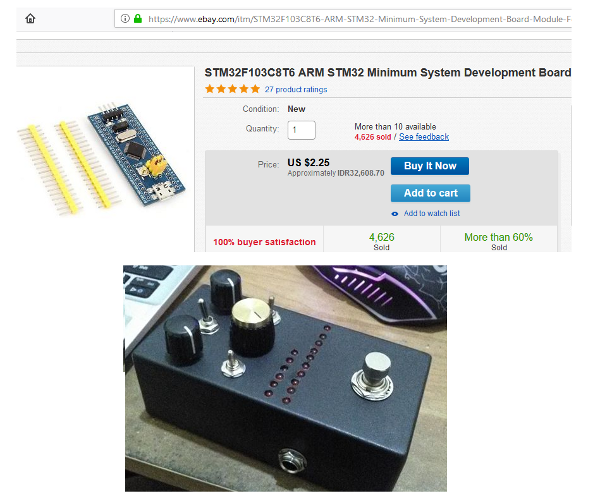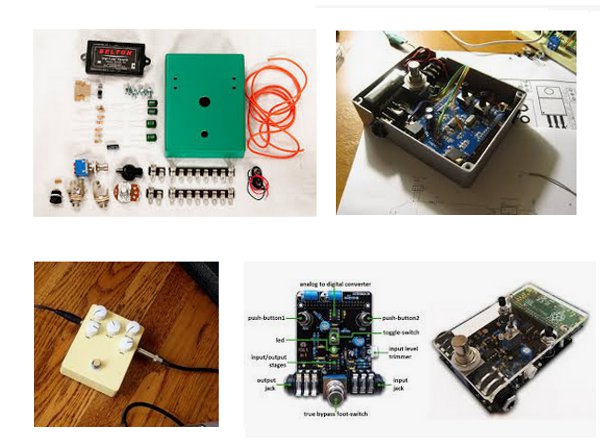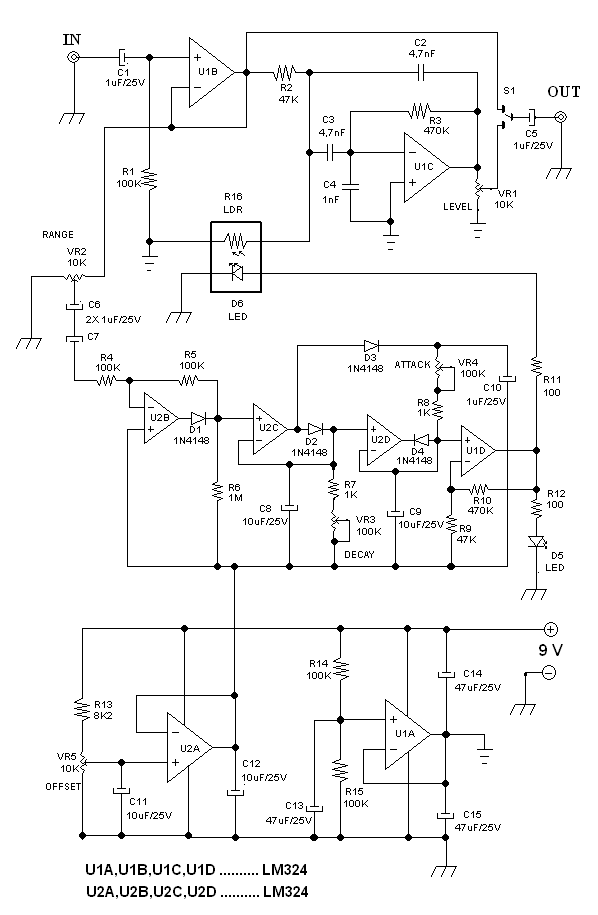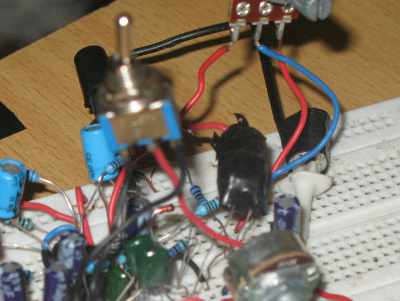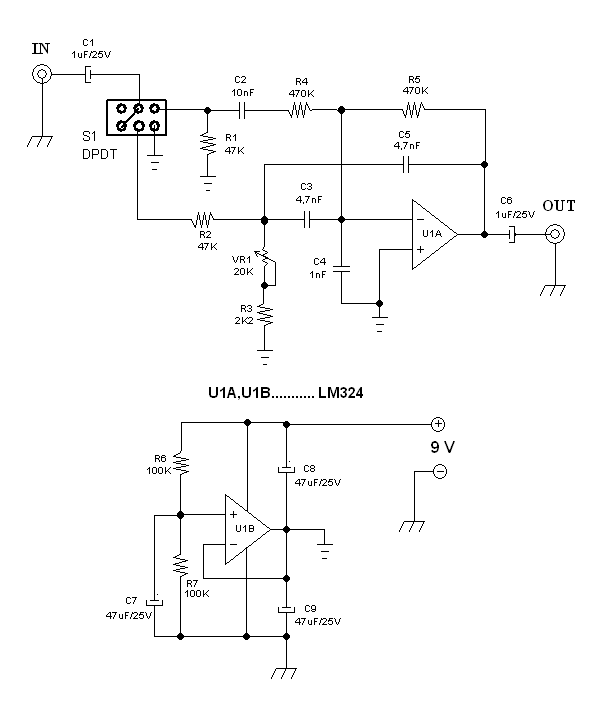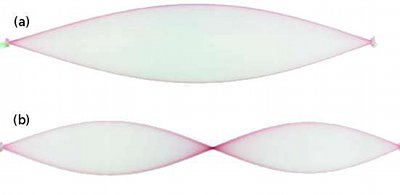DIY Reverb Pedal Circuit: Spring-Hall Reverb with PT2399 IC
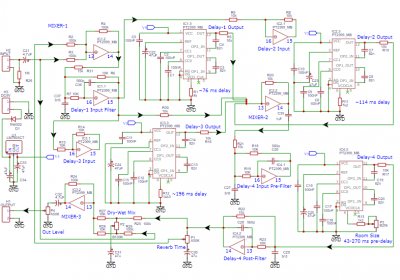
Introduction to Reverberation Before getting into the design of DIY reverb pedal circuit, lets see the concept of reverberation first. Real reverberation happens in a performance chamber when the walls and every object inside reflects the sound back and forth. As the sound bounces back and forth in three dimensional space, the reflections creates more and more complex pattern. The […]
Read more